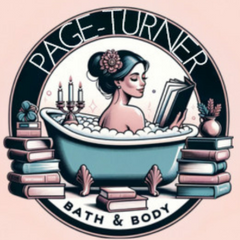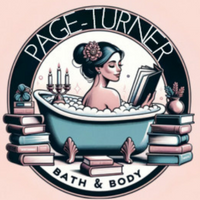The Ghosts of England: Tracing the Haunts of Literary Legends
England, with its ancient landscapes and historic edifices, is a tapestry woven with stories, myths, and, most intriguingly, ghosts. Among its spectral inhabitants, some of the most fascinating are the literary legends who left behind not just their monumental works but also tales of their hauntings. This post invites you on a spectral journey through London, exploring the sites where these storied phantoms linger, weaving the ethereal with the literary.
1. The Tower of London: Anne Boleyn's Restless Spirit
Our journey begins at the Tower of London, not traditionally known for literary ghosts but home to Anne Boleyn, the beheaded wife of Henry VIII. While Anne herself was not an author, her tragic story and the poems attributed to her during her imprisonment contribute to England's rich literary history. Witnesses report seeing her headless ghost wandering near the site of her execution, carrying her head under her arm, a reminder of her tragic end and the tales of treachery and intrigue that fill the pages of England's history.
2. The Dickensian Echoes of Clerkenwell
Charles Dickens, one of England's most beloved authors, is said to haunt Clerkenwell, a location he frequently visited and described in his novels. The most famous sighting is at the Union Club in Soho, where Dickens's ghost was spotted by none other than his son. It's believed that Dickens's spirit is drawn to places that held significance in his life and work, perhaps forever entwined with the characters and scenes he immortalized in his writings.
3. Samuel Johnson's Literary Haunt at The Cheshire Cheese
Dr. Samuel Johnson, the eminent lexicographer and author, is rumored to haunt the Ye Olde Cheshire Cheese pub on Fleet Street. A frequent visitor during his lifetime, Johnson's ghost is said to be a benign presence, lingering in the rooms where he once debated literature and politics. Visitors report feeling an inexplicable chill or the sensation of being watched, attributed to Johnson's lingering spirit, still engrossed in the world of words.
4. The Ghost of Oscar Wilde at The Cadogan Hotel
Oscar Wilde, a figure synonymous with wit and tragedy, is associated with The Cadogan Hotel, where he was arrested in 1895. Though not seen wandering its halls, his spirit is said to imbue the place with an air of melancholy and unfulfilled genius. Wilde's fans and ghost hunters alike visit the hotel, drawn by the story of his spectacular downfall and the chance to connect with the aura of one of literature's most poignant figures.
5. Virginia Woolf’s Ethereal Presence at Monk's House
Virginia Woolf, the pioneering author and a key figure of the Bloomsbury Group, is believed to haunt Monk's House in Rodmell, Sussex, her beloved country retreat. Though her primary residence was in London, the peacefulness of Monk's House provided Woolf with inspiration and solace. Today, visitors to the cottage report sensations of profound sadness and loss, perhaps echoes of Woolf's troubled spirit, which still roams the gardens and rooms of her cherished sanctuary.
Cultural Journey through Literature: England Edition
As our spectral tour concludes, we invite you to continue exploring England's literary heritage with our "Cultural Journey through Literature: England Edition." This curated collection brings to life the rich tapestry of English literature with maybe a ghost or two.
In tracing the haunts of literary legends, we not only honor their contributions to English literature but also keep alive the myths and legends that make England's cultural heritage so rich and intriguing. Whether through the pages of a book or the whispers of the past that echo through historic sites, the spirits of England's authors remind us of the power of storytelling and the eternal nature of art.


Leave a comment